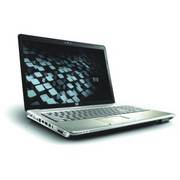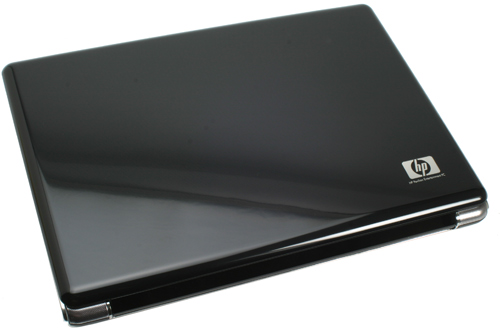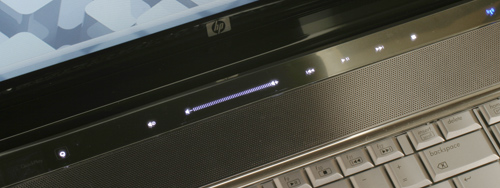HP Pavilion dv7-2170us
Specifications

Price comparison
Average of 1 scores (from 1 reviews)
Reviews for the HP Pavilion dv7-2170us
Source: PC Mag
 Archive.org version
Archive.org versionNeed a calculator to figure out whether a notebook's screen fits the newly fashionable 16:9 aspect ratio for high-def video and TV viewing? The HP Pavilion dv7-2170us ($1,099.98 list) makes it easy for you: The widebody's 17.3-inch display resolution is 1,600 by 900. That's not enough pixels for 1080p but is perfectly suited to 720p HD content. For over a grand, we would have liked to have seen Blu-ray and/or ultra-fast gaming graphics, but the HP Pavilion dv7-2170us is a stylish slab that's surprisingly attractive anyway.
Single Review, online available, Medium, Date: 07/07/2009
Rating: Total score: 70%
Comment
ATI Mobility Radeon HD 4650: The Mobility HD 4650 is based on the Desktop 4650 architecture, but features a lower clock rate of memory and core. Depending on the core clock (450-550MHz possible) and the used memory (DDR2, DDR3, GDDR3 with 600-800 MHz possible) the mobile 4650 can show a different performance. The current consumption of the chip alone ranges from 15-25W. Features Avivo HD video features.
Non demanding games should be playable with these graphics cards.
» Further information can be found in our Comparison of Mobile Graphics Cards and the corresponding Benchmark List.
Intel Core 2 Duo: This is the Core Duo and Core Solo successor with a longer pipeline and 5-20% more speed without more power consumption. As an addition to the Core Duo design there exists a fourth decoder, an amplified SSE-unit and an additional arithmetical logical unit (ALU).
The Core 2 Duo for laptops is identical to the desktop Core 2 Duo processors but the notebook-processors work with lower voltages (0.95 to 1188 Volt) and a lower Frontside bus clock (1066 vs 667 MHz). The performance of equally clocked notebooks is 20-25% lower than Desktop PCs because of the lower Frontside bus clock and the slower hard disks.
P7450: Entry level Core 2 Duo processor with 3 MB Level 2 Cache and due to the 25 Watt TDP also suited for 13" laptops.» Further information can be found in our Comparison of Mobile Processsors.














